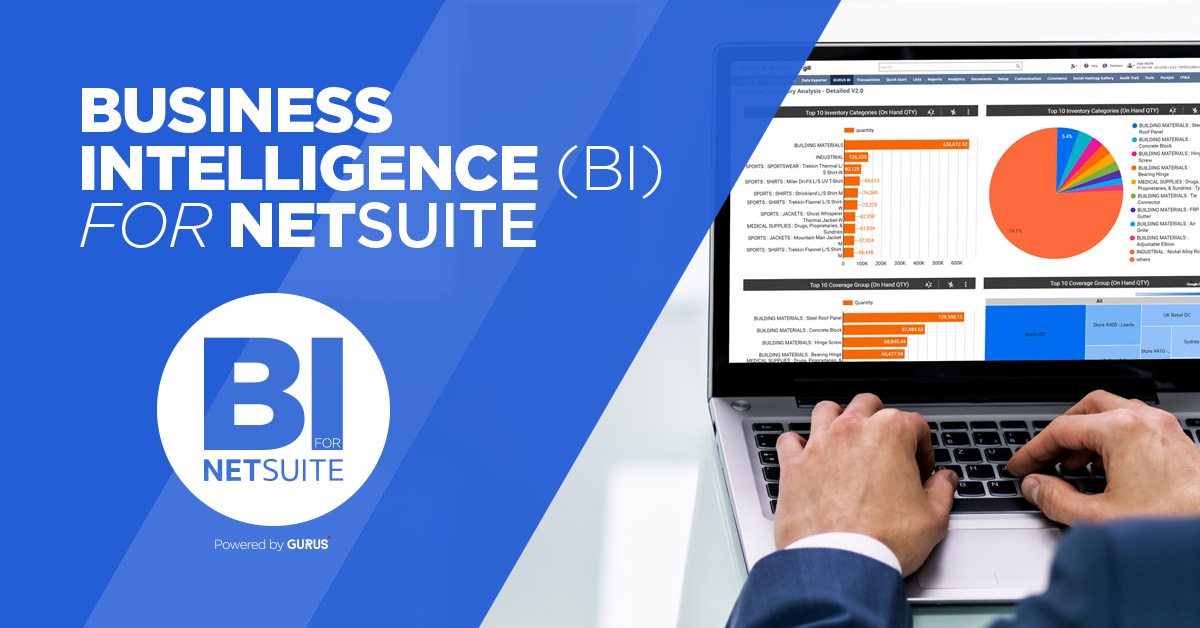Business Intelligence for Sales
In the world of business, each department within a company is a vital cog in the machine to keep everything running smoothly. On the sales side, that cog is what enables the machine to evolve and grow into a whole inventory.
Metaphors aside, without a strong foundational sales team, a company will lack the development needed for upward growth.
Why? Well, it’s the objective of the sales department to bring in the business, which, said rather bluntly, provides the money necessary to keep the business above water.
All that’s a bit of an obvious statement when talking about working in sales. What is a little less obvious is how sales goes about getting that business. Rewind a few decades and it was all about physically being there to sell, in other words, going door to door selling products or services.
Nowadays, we all live behind screens and it’s a grueling process to hold onto someone’s attention from beginning to end when the contract is finally signed. In the B2B (business-to-business) industry, this is a process that can last for years!
A business intelligence platform is a major timesaver for sales reps as the data analysis provides incredible insight into the sales cycle and uncovers discrepancies that perhaps the department was unaware of, like why prospects take forever to close or how many leads are needed to create one qualified opportunity.
Request More Info on BI for Sales
The Sales Cycle
The sales team has multiple KPIs to reach when it comes to tracking sales: opportunities, bookings, and revenue. This three-pronged approach is also classified as the sales cycle. In the perfect world, a lead becomes a prospect, which ultimately becomes a client.
Unfortunately, we do not live in a business utopia, so the above ratio is more along the lines of 10 leads to 1 prospect. Additionally, once the product or service increases to a relatively overwhelming price (in the tens of thousands) the cycle continues, and continues, and continues. Often losing prospects in the process.
All sales representatives know the importance of the sales process. It’s focal point is knowing who to contact, how to reach out to them, what information to provide, all at the perfect time. Not to mention, keeping track of each prospect in their respective “location” of the cycle.

If you’ve been going after a specific prospect and they’re nearing the end of the cycle and they’re closing in on the contract, as a sales rep you’re more likely to spend more time nurturing this specific individual than someone who has been avoiding your emails. Knowing who these individuals are can be tiresome and tricky without the right tools to analyze the reports.
Enter Business Intelligence

A BI platform has the ability to transform all this data into actionable insights within a data warehouse, where sales reps can have a much clearer understanding of their prospects.
Even if you have a foundational ERP in place, like NetSuite, having additional software designed to take data to a whole new level is crucial for growth. As a salesperson, you’re targeting people and people want to feel they’re being heard and targeted with personalized information to help their unique challenges.
A business intelligence tool does just that. Through optimized graphs, visualizations, and data tools, sales executives can fully grasp the need for each prospect being targeted. High volume data can be manipulated to better understand each person. For example, one can easily find the answer to why more prospects were converted to customers in one particular month versus another.
Additionally, BI for sales can be customized to dive deeper into high-level information about each prospect. Reps can improve their knowledge on the correlation between leads, bookings, and revenue to find out whether or not they’re going in the right direction.
Reversing Roles: Analyzing the Business Development Executive
This type of data and platform is also designed for sales to be under the microscope. A sales director can access data that highlights the objectives of each business development executive.
Sure, each BDE (business development executive) is busy working with their prospects, but what about flipping the coin and analyzing the BDE:
- How much revenue is each BDE generating and how does it compare to their monthly objective?
- Are the accounts of each BDE profitable for the business?
- How many bookings are in the pipeline for each sales executive?
All these questions can be answered with ease through a BI platform. Without having to manually create a spreadsheet with graphs on each employee, a sales director can easily access the revenue the business has earned by each BDE through their accounts, bookings, and contracts.
Also, the data will pinpoint which projects are bringing in more revenue and can even disclose crucial information on the ratio of revenue to projects of each BDE.

Generally speaking, the more bookings a BDE has the more revenue they’ll incur. However, there are some projects that require less labor, but will incur a much higher profitability.
This type of knowledge can be used to wean out certain smaller projects that require a lot of effort from sales with low revenue for the business.
Selling for Revenue

So now that we have all the data for identifying a solid sales cycle with BI, it’s time to go even one step further.
How many opportunities does a sales rep have to convert for a company to reach their financial objective each month? This answer is the reason why marketing and sales need to be aligned.
The opportunities that sales goes after is based on the number of leads that come through a business on a daily basis and out of those leads, which ones are qualified enough to follow up.
This varies completely for each business, but let’s say that a business gets 10 leads a day, out of those 10, who will become a client? Who will book? Who is just researching?
A tool like business intelligence for sales professionals will analyze these reports and emphasize the unique solutions. If we go back to those 10 leads, a BI platform can help generate the insight based on historical and current data, leading to the conclusion that out of the 10 leads that come in, only 5 will become prospects, and out of those 5 only 3 will become clients. Leading to a 30% conversion rate.
With this information in mind, sales will have a better understanding of how many opportunities they need to go after and more specifically which ones are more likely to convert based on the previous data.
A foundational data warehouse can easily link the data and connect the revenue to the opportunities.
GURUS Business Intelligence for NetSuite
At GURUS Solutions, we strive in creating the best tool for data analysis and reporting. Built for NetSuite ERP, the GURUS Business Intelligence tool has a foundational data warehouse for top-level visualization.
In sales? Contact us today to learn more about the impact business intelligence has on organizations with a powerhouse sales team.
